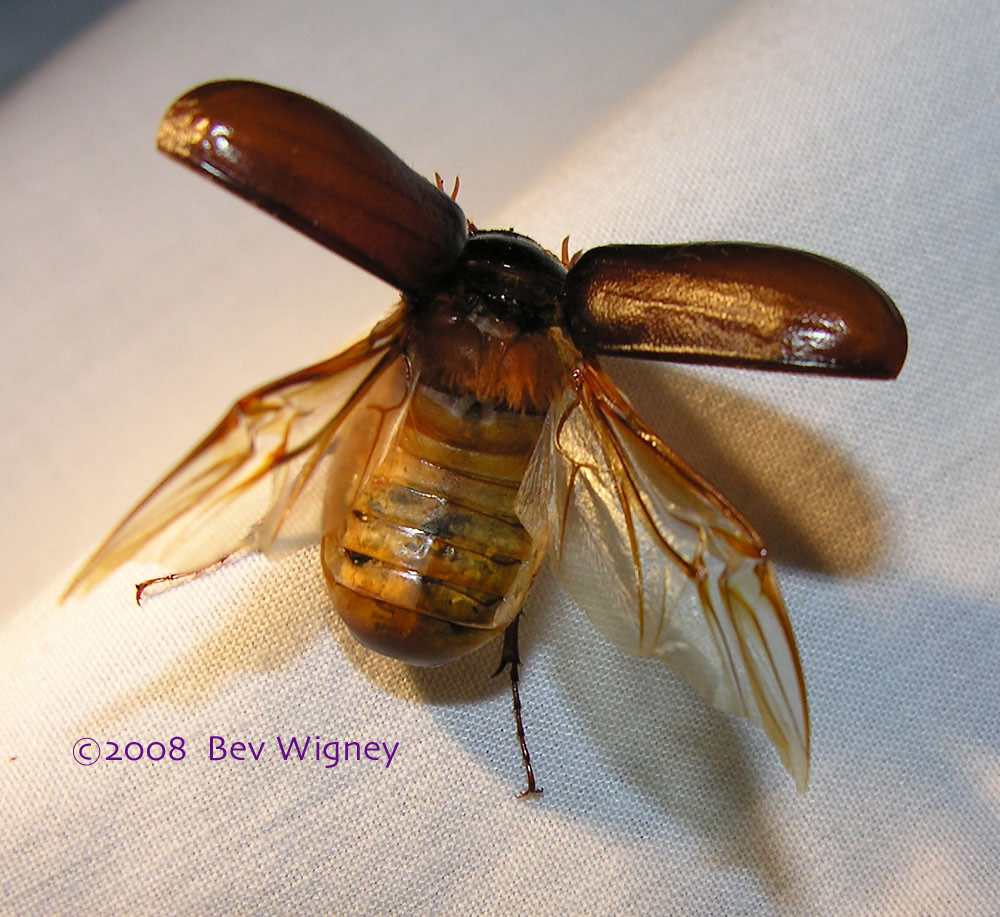Does A June Bug Have 2 Sets Of Wings Polyphyll Decemlinet Tenlined Beetle 10 000 Things The
Cotinis nitida, commonly known as the green june beetle, june bug or june beetle, is a beetle of the family scarabaeidae. While they can take to the air, they are not particularly skilled. Most june bugs, except for the green june bug, are inactive during the day.
Ten Lined June Bug Polyphylla decemlineata
They have two sets of wings, however, their flight capabilities are somewhat limited due to their hefty body structure. What do june bugs look like?. It is found in the eastern united states, where it is most abundant in.
Their larvae, the white grub, is a nuisance in lawns and gardens.
June bugs, also known as may bugs, are a type of scarab beetle named for the time of year when they are most prevalent. Cotinis nitida, commonly known as the green june beetle, june bug or june beetle, is a beetle of the family scarabaeidae. By understanding what attracts june bugs and. Armed with wings and developed gonads for mating, the june bugs will emerge from the soil and take to the night sky with the goal of feeding, finding a mate and reproducing,.
Thankfully, this pest is not very smart, and this is demonstrated by their clumsy flying and status as a ‘windshield bug,’ meaning they often fly into windshields and can be. People tend to lump june bugs, green june beetles, and japanese beetles together as white grubs, but they are three different insects. They typically hide among weeds and grass. June bugs, a/k/a june beetle or may beetle, in addition to being a petty annoyance floating in our pools, and smacking into our windows can also cause some serious damage to.

It is found in the eastern united states, where it is most abundant in.
June beetle larvae are cream colored grubs with brown heads, reaching a length of 2 inches.



